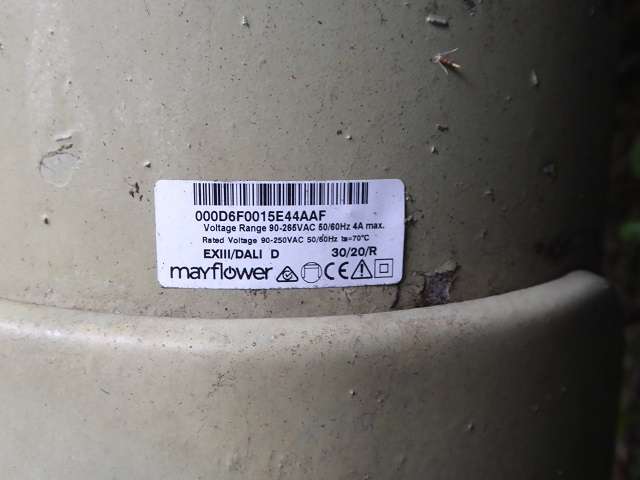
- Home
- Forums
- Image Gallery
- Reference Section

- Log In / Register
- You Are Not Logged In
Internet Explorer Compatiability Mode:
This page is built using universally-recognised HTML and CSS web coding, with is correctly honored and rendered by most popular internet browser programs. However, Internet Explorer is not one of these browsers and therefore requires special treatment to enable pages to be displayed anywhere near the way they are intended to be shown. Unfortunately IE does not support some functions that other better browsers support, and so these functions have had to be disabled for your browser so that you can access this website. Background images for forum pages are scaled up in size due to IE not correctly interpreting a script to size images best for your screen resolution. In order to get the full browsing experience of this website as the site designer intended, please install a proper internet browser such as Chrome, Firefox, or Safari.
Install Chrome Frame plug-in
This effectively makes the site behave as though you are viewing it in a proper browser while still using Internet Explorer - and therefore it is recommended to be installed.
Hide
This page is built using universally-recognised HTML and CSS web coding, with is correctly honored and rendered by most popular internet browser programs. However, Internet Explorer is not one of these browsers and therefore requires special treatment to enable pages to be displayed anywhere near the way they are intended to be shown. Unfortunately IE does not support some functions that other better browsers support, and so these functions have had to be disabled for your browser so that you can access this website. Background images for forum pages are scaled up in size due to IE not correctly interpreting a script to size images best for your screen resolution. In order to get the full browsing experience of this website as the site designer intended, please install a proper internet browser such as Chrome, Firefox, or Safari.
This effectively makes the site behave as though you are viewing it in a proper browser while still using Internet Explorer - and therefore it is recommended to be installed.
Hide


